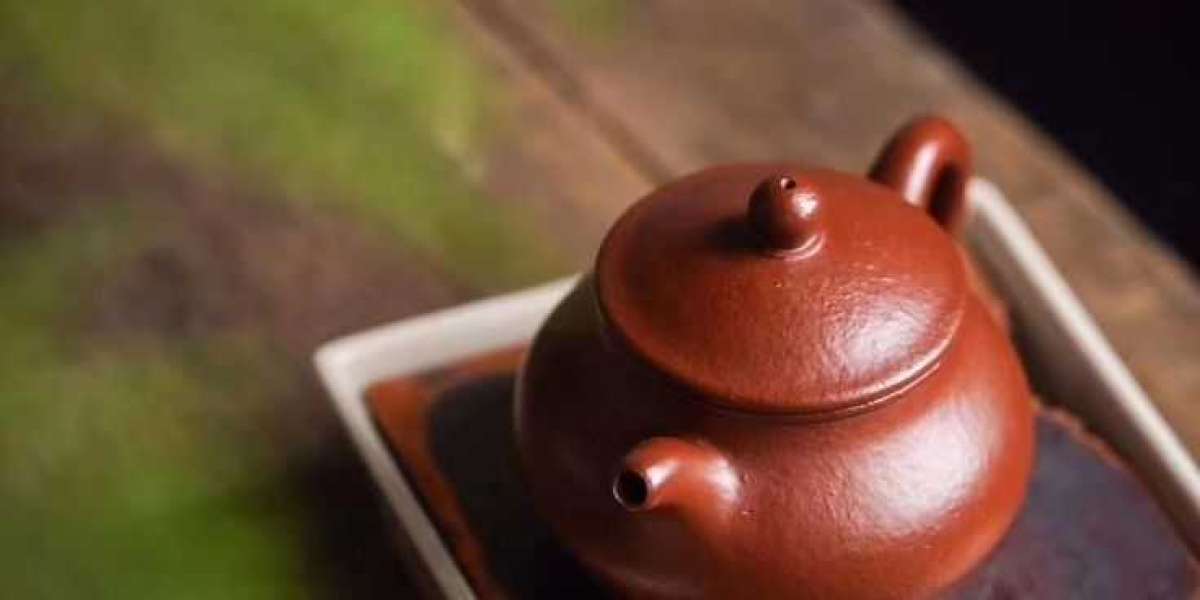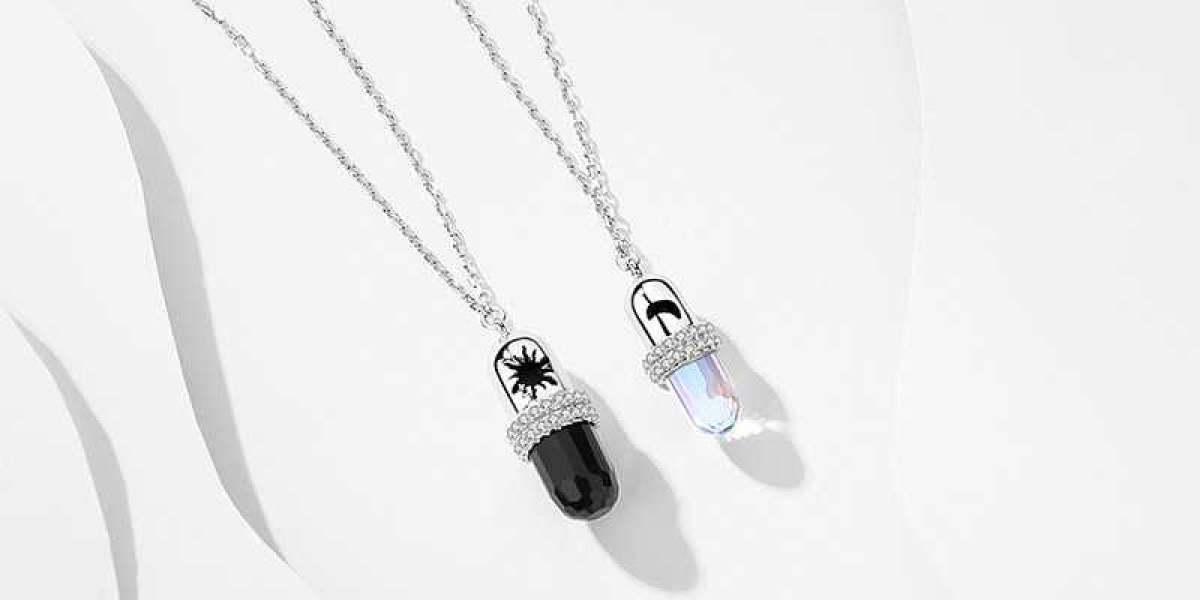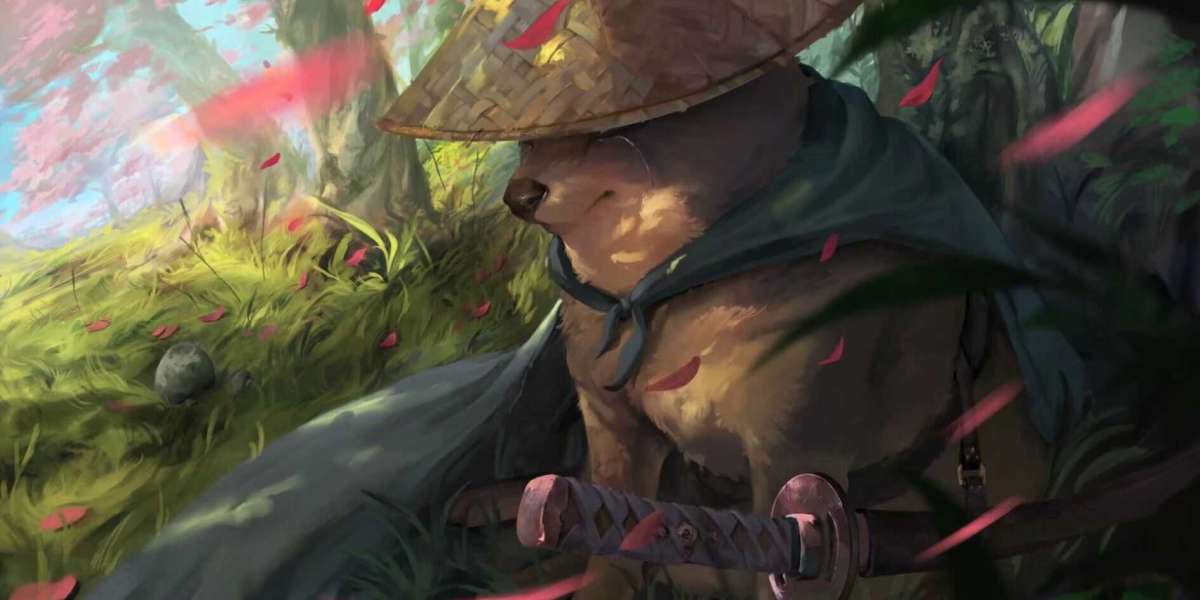Table of Contents
- Introduction: The Living Clay of Tea Culture
- Historical Development: From Ming Dynasty Origins to Global Recognition
- The Science of Zisha Clay: Composition and Functional Properties
- Traditional Craftsmanship: Techniques Passed Through Generations
- Types and Styles: Aesthetic Diversity in Teapot Design
- The Philosophy of Tea and Clay: Form, Function, and Symbolism
- Collecting and Preserving Yixing Teapots
- Global Influence and Modern Innovations
- Conclusion: The Enduring Legacy of Yixing Teapots
1. Introduction: The Living Clay of Tea Culture
In the hilly landscapes of Jiangsu Province, where the Yangtze River meets the East China Sea, lies Yixing—a small city that has perfected the art of teapot making for over 500 years. Yixing teapots, crafted from the region's unique zisha clay, are more than just vessels for brewing tea; they are living artifacts that embody the essence of Chinese tea culture. These teapots enhance tea flavor through micro-oxidation, develop unique patinas over time, and serve as silent companions in daily tea rituals. This article explores the historical, technical, and cultural dimensions of Yixing teapots, highlighting why they remain treasured by tea enthusiasts worldwide.
2. Historical Development: From Ming Dynasty Origins to Global Recognition
2.1 The Birth of a Tradition
The origins of Yixing teapots trace back to the Ming Dynasty (1368–1644 AD), when tea culture in China underwent a transformation. The shift from compressed tea cakes to loose-leaf tea created a demand for teapots that could better showcase the natural flavors of tea. Potters in Yixing, with its abundant supply of zisha clay, began crafting teapots specifically designed for loose-leaf brewing.
2.2 The Golden Age of Yixing Teapots
During the Ming and Qing Dynasties (1644–1912 AD), Yixing teapots reached their zenith. The teapots became highly prized by tea connoisseurs and were often used in the imperial court. The teapots were not only functional but also works of art, with intricate designs and carvings that reflected the cultural and artistic trends of the time.
2.3 Modern Era and Global Appreciation
In the 20th century, Yixing teapots remained relatively unknown outside China, cherished primarily by tea connoisseurs. However, in recent decades, they have gained international recognition as Chinese tea culture spread globally. Today, Yixing teapots are highly sought after by collectors and tea enthusiasts worldwide, symbolizing Chinese tea craftsmanship and heritage.
3. The Science of Zisha Clay: Composition and Functional Properties
3.1 Unique Properties of Zisha Clay
Zisha clay, found only in the Yixing region, is distinguished by its porous structure and mineral-rich composition. This clay is composed of quartz, mica, and iron oxide, which contribute to its distinctive purple hue and excellent heat retention properties.
3.2 Micro-Oxidation and Flavor Enhancement
The porous nature of zisha clay allows it to absorb tea flavors and aromas over time, a process known as "seasoning." This absorption enhances the tea's flavor profile, creating a more complex and nuanced taste. Additionally, the micro-oxidation process promoted by the clay's porosity results in a smoother and richer tea experience.
3.3 Health Benefits
Zisha clay is believed to have health benefits due to its mineral content. The iron oxide in the clay can release iron ions into the tea, which are beneficial for health. Additionally, the clay's natural filtration properties can help remove impurities from the tea, making it healthier to drink.
4. Traditional Craftsmanship: Techniques Passed Through Generations
4.1 The Tools and Techniques of the Trade
Crafting a Yixing teapot is a highly skilled and time-consuming process that requires years of training. Potters use traditional tools such as bamboo knives, spatulas, and wheels to shape the clay. The teapots are then fired in kilns at high temperatures, which gives them their characteristic hardness and durability.
4.2 The Design and Aesthetics of Yixing Teapots
Yixing teapots are known for their elegant and understated designs. The teapots are often inspired by nature, with shapes that resemble flowers, leaves, and animals. The teapots are also decorated with intricate carvings and inscriptions, which add to their artistic value.
4.3 The Signature Styles of Famous Potters
Over the centuries, many famous potters have emerged in Yixing, each with their own signature style. Some of the most well-known potters include Chen Mingyuan, who was famous for his intricate carvings, and Gu Jingzhou, who was known for his simple and elegant designs.
5. Types and Styles: Aesthetic Diversity in Teapot Design
5.1 Classic Styles
Some of the most classic styles of Yixing teapots include:
- The Round Teapot: This is the most common style of Yixing teapot. It has a simple and elegant design, with a round body and a short spout.
- The Square Teapot: This style of teapot has a square body and a straight spout. It is often decorated with intricate carvings and inscriptions.
- The Flower Teapot: This style of teapot is shaped like a flower, with petals that are made from clay. It is a very decorative and eye-catching teapot.
5.2 Contemporary Creations
In recent years, many contemporary potters have emerged in Yixing, who are creating new and innovative designs. These teapots often incorporate modern elements and materials, while still maintaining the traditional craftsmanship and aesthetic of Yixing teapots.
5.3 The Influence of Chinese Culture
Yixing teapots are also influenced by Chinese culture and art. Many teapots are decorated with motifs and symbols that are associated with Chinese culture, such as dragons, phoenixes, and lotus flowers.
6. The Philosophy of Tea and Clay: Form, Function, and Symbolism
6.1 Daoist Principles in Tea Culture
Tea has always been closely associated with Daoist philosophy in China. The Daoist principles of simplicity, harmony, and balance are reflected in the design and use of Yixing teapots. The teapots are designed to be simple and unadorned, allowing the natural beauty of the clay and the tea to shine through.
6.2 The Teapot as a Symbol of Harmony
The Yixing teapot is also seen as a symbol of harmony between man and nature. The teapot is made from natural materials and is designed to work in harmony with the tea and the water. The brewing process is seen as a meditative practice, where the tea drinker can connect with nature and find inner peace.
6.3 The Teapot as a Tool for Self-Cultivation
In Daoist philosophy, the teapot is also seen as a tool for self-cultivation. The process of brewing tea with a Yixing teapot requires patience, attention to detail, and a sense of mindfulness. By practicing these qualities, the tea drinker can cultivate their inner self and achieve a state of balance and harmony.
7. Collecting and Preserving Yixing Teapots
7.1 The Value of a Yixing Teapot
Yixing teapots are not only functional objects but also works of art. They are highly valued by collectors around the world, and their value can increase over time.
7.2 Proper Storage and Maintenance
To ensure the longevity of your Yixing teapot, it is important to take proper care of it. Here are some tips for caring for your Yixing teapot:
- Clean the teapot after each use: Use a soft brush and warm water to clean the teapot. Do not use soap or detergent, as this can damage the clay.
- Dry the teapot thoroughly: After cleaning the teapot, dry it thoroughly with a soft cloth. Do not let the teapot air-dry, as this can cause it to crack.
- Store the teapot in a dry and cool place: Do not store the teapot in a humid or hot place, as this can cause it to warp or crack.
7.3 The Patina of a Yixing Teapot
Over time, a Yixing teapot will develop a patina, which is a natural coating that forms on the surface of the clay. The patina is a sign of the teapot's age and use, and it is highly prized by collectors.
8. Global Influence and Modern Innovations
8.1 The Spread of Yixing Teapots Around the World
In recent years, Yixing teapots have gained international recognition and are now highly sought after by tea enthusiasts and collectors around the world. They are often used in tea ceremonies and are seen as a symbol of Chinese tea culture and craftsmanship.
8.2 The Influence of Yixing Teapots on Other Tea Cultures
Yixing teapots have also had an influence on other tea cultures around the world. Many tea enthusiasts in other countries have started to use Yixing teapots to brew their tea, and they have been inspired by the design and craftsmanship of these teapots.
8.3 Modern Innovations in Clay Teapot Making
In recent years, there have been many modern innovations in clay teapot making. Some potters are experimenting with new clay compositions and firing techniques, while others are incorporating modern design elements into their teapots. These innovations are helping to keep the tradition of clay teapot making alive and relevant in the modern world.
9. Conclusion: The Enduring Legacy of Yixing Teapots
Yixing teapots are a living heritage that has been passed down from generation to generation. They are not only functional objects but also works of art that embody the essence of Chinese tea culture and craftsmanship. Whether you are a tea enthusiast, a collector, or simply someone who appreciates the beauty of handmade objects, a Yixing teapot is a treasure that you will cherish for a lifetime.








